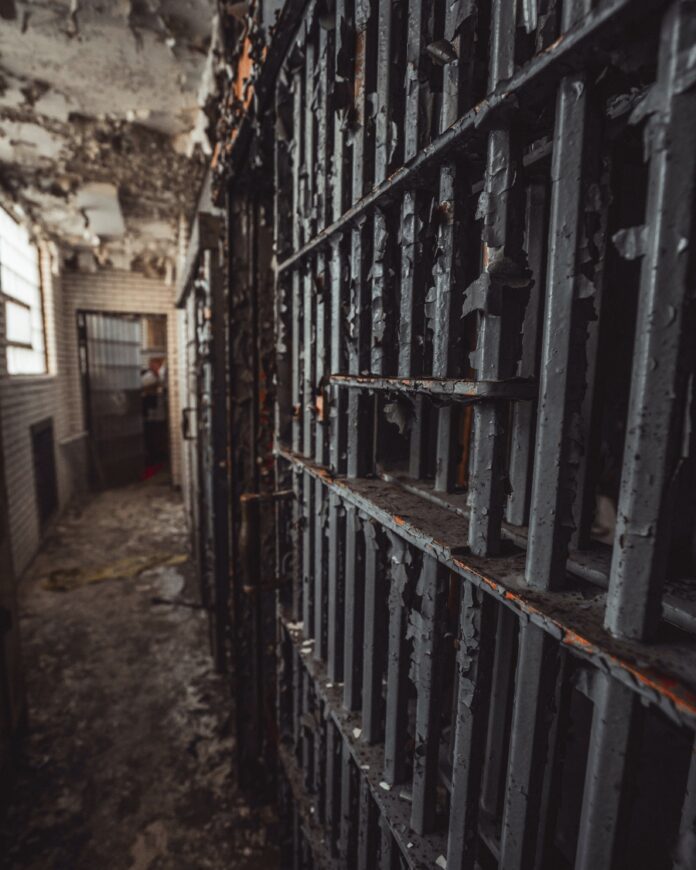The basic idea of rehabilitation through imprisonment is that a person who has been incarcerated will never want to be sent back to prison after they have been set free.
Rehabilitation programs in the criminal justice system only focus on equipping offenders with skills to avoid crime and to live a productive life, neglecting the requirement for their rehabilitation back into society.
This is the story of Sakina, who was honourably acquitted by a three-member bench of the Supreme Court of Pakistan vide judgment dated January 6, 2021, authored by Justice Mansoor Ali Shah.
On January 14, 2021, Sakina Ramzan, 77, was released from Women’s Prison and Correctional Facility, Central Jail, Karachi and reunited with her family after serving almost 7 years of a life sentence for transporting narcotics from Quetta to Karachi.
While the backdrop of the story is a poor woman without any knowledge of the drugs she was carrying, the law on drugs and the evidence in drug cases is what needs to be understood to appreciate the reasons for Sakina’s release.
Sakina was convicted under Section 6 of the Control of Narcotic Substance Act 1997 which prohibits the delivery and transportation of narcotics and contains punishments in relation to the quantities recovered.
Various judgments of the apex court have expanded on the application of Section 6 of the Act being connected with “knowledge” in regard to the delivery and transportation of drugs. As Sakina pleaded she was not aware that such items were concealed in electronic goods given to her by her employer, her acquittal was actually as a consequence of irregularities and weaknesses in the prosecution’s case.
The prosecution must, in any criminal case, prove the culpability of the accused beyond reasonable doubt. More particularly in narcotics cases, the evidence related to the chain of custody. This begins with the recovery of the seized drugs and includes the separation of samples and ultimately the dispatch to the testing laboratory. The due process is of paramount importance and the prosecution must establish that the chain of custody had remained unbroken, unsuspicious, safe and secure.
In Sakina’s case evidence was presented before the trial court where it was found that the witness testimonies were inconsistent calling into question the quantities recovered as well as the entire chain.
The apex court has also held that for the testing of narcotics to conform with and meet the threshold of Rule 6 of the Control of Narcotic Substances (Government Analysts) Rules 2001, the report of the government analyst after the test and analysis should include a detailed plan of an experiment, procedure, test or a precise step-by-step description, including a list of all necessary reagents, and accordingly failed to demonstrate such specific detail may result in the invalidity or inconclusiveness of such test or examination.
Sakina’s story makes one reflect on the challenges faced by the underprivileged who are entangled in such situations due to lack of resources and means. Women and children of destitute circumstances are prime targets for becoming drug peddlers for the real perpetrators handling the overall narcotics network. Knowingly or unknowingly, many Sakinas find themselves in situations where the law provides harsh sentences without representation or guidance, completely at the mercy of the criminal justice system.
Sakina, a desecrated, underprivileged old lady, was taken away from her family for almost 7 years for a crime she did not commit; a crime for which she was never afforded the benefit of the doubt; a crime for which the real perpetrators are at large tasking the judiciary with the moral hazard of balancing the menace of drugs in society while exercising caution in depriving the innocent of their freedom and liberty.
Sakina will not receive any compensation by the State for her acquittal nor can she be offered rehabilitation. Unfortunately, the stigma of jail, of drugs, of culpability and the darkness associated with her incarceration will stay with her.
In the last hour leading up to her release, Sakina mentioned being unable to sleep for three nights after she received news of her acquittal by the Supreme Court of Pakistan. She bid farewell to her fellow inmates, her custody officers, and the superintendent of the Women’s Prison and Correctional Facility.
She shed tears of joy at the thought of being reunited with her family once again, yet the story doesn’t seem to have a happy ending. Where will she go? What will she do? How will she embrace the outside world? And how will she ever be rehabilitated?























